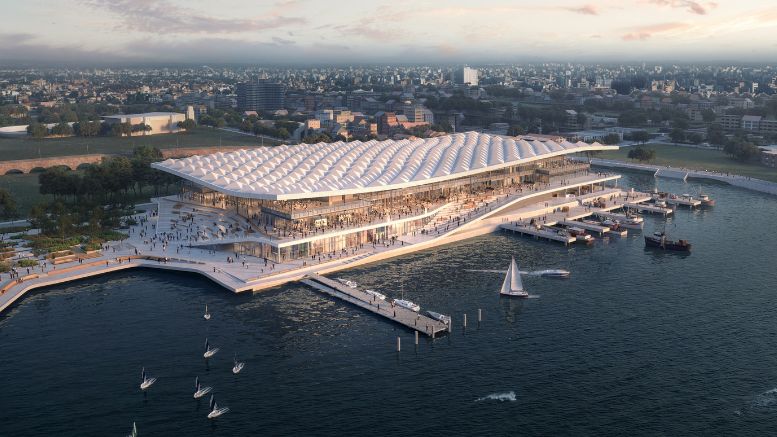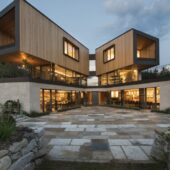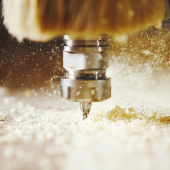Rubner Timber Engineering, specializing in large architectural engineered wood structures, crosses the 50-year milestone and closes 2023 with a consolidated turnover of 175 mln euros. Headquartered in Bressanone and with subsidiaries in France, Austria and Germany, Rubner Timber Engineering represents the most dynamic and technologically advanced sector of the Rubner Group, a family-run business with an international vocation that oversees the entire wood supply chain: from the production of sawn timber, semi-finished fir products and wood panels, to that of doors and windows, single- and two-family houses, and precisely large architectural structures.
“After the growth of the past years – stresses Peter Rosatti, ceo of Rubner Timber Engineering – 2023 was a year of consolidation in which we completed groundbreaking projects such as Roots in Hamburg, Germany’s tallest 20-story, 72-meter-high multi-story building, and the Fish Market in Sydney”.
Founded in 1974, in its 50 years in business, Rubner Timber Engineering has completed more than 7,500 projects ranging from multi-story buildings to facades and building envelopes, from special projects to the construction of large structures with impressive roofs and large span spans without intermediate supports for the world of industry, commerce and trade. Examples of this, in the field of special projects, are the two coal storage domes built for Enel in Brindisi, the largest in Europe, or the iconic floating roof over the Sydney fish market for which approx. 1,800 m³ of laminated spruce and more than 50 tons of steel were used. In the multi-story sphere, on the other hand, among the latest achievements is the Ambassador Residence, 107 apartments on 5 floors immersed in the woods of the Sibillini Mountains, 1,400 m above sea level, with a total of approx. 1,700 m³ of X-Lam, 400 m³ of glulam, 2,500 m² of universal panels and 2. 300 m² of wooden roofing; or EKOS, the tallest multi-story building in South Tyrol, 5 floors of office space built exclusively of solid wood, whose façade was made using the ancient Japanese technique “Shou Sugi Ban,” which consists of charring the surface of the wood with a flame to make it more resistant to weathering, pest attack and water.
“In the last period – Rosatti continues – we have seen an increase in the complexity of projects, not only in volume but also in architectural content. We have responded to these challenges by raising the level of prefabrication to the maximum and with clear answers on the life cycle assessment aspect of reusable materials”.
Each year, Rubner Timber Engineering invests about 3 percent of its annual turnover in innovation with the aim of increasingly consolidating the digitization of administrative processes, engineering processes and production processes, but also to find, for example, solutions that enable savings in raw materials to guarantee even higher quality of wood construction material.
“In capital cities or big cities we see a huge demand for student halls of residence and RSAs: in this scenario, crucial is a hybrid construction model between wood concrete and reinforced concrete, so we are studying solutions to build fast with standardized systems that lower costs and increase fire or acoustic qualities in general. For the near future we plan investments in advanced technologies, the incorporation of processes accompanied by artificial intelligence, and constant training of our employees. We believed that wood is the right material to mitigate climate change, but we also know that the solution lies in a mix of multiple materials that can meet all construction requirements”.
Today, building with wood means not only state-of-the-art techniques, clean and fast construction sites, ultra-modern design and lower operating/maintenance costs – starting with energy savings – but also being part of a circular economy that produces no waste and actively protects the climate: in fact, one cubic meter of wood can store about one ton of CO2 from the atmosphere.














